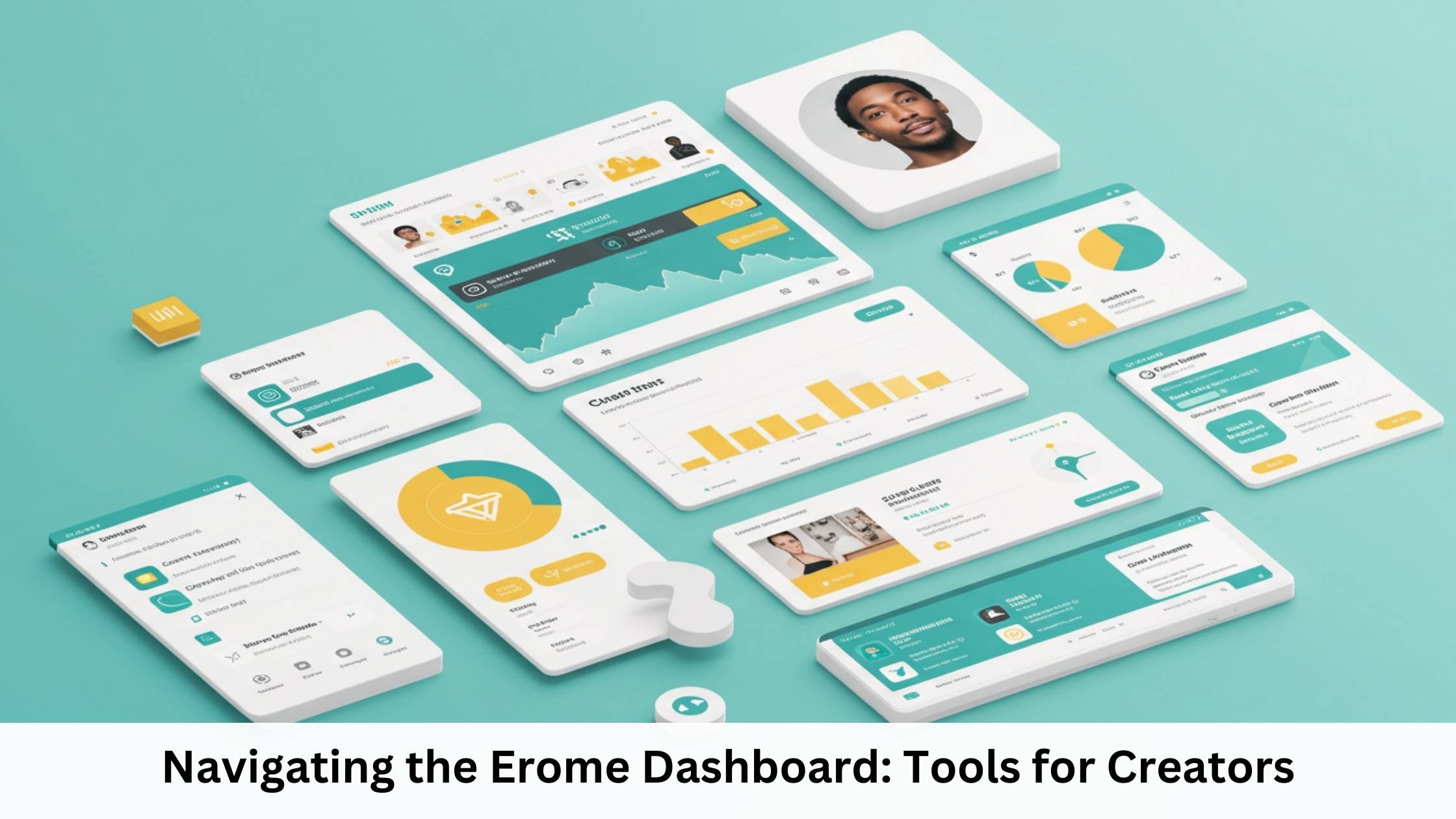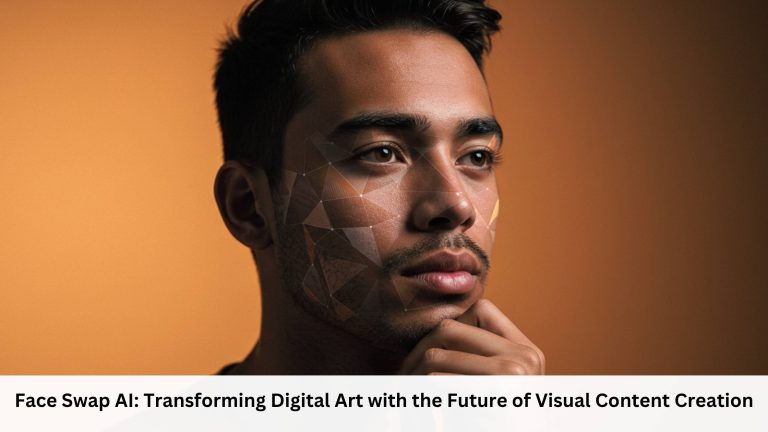
What Do Most Creators Get Wrong When Starting Out?
When I first began creating content for modern sharing platforms, I felt completely lost. The tools looked overwhelming, and the terms were unfamiliar. Like many creators stepping into this space, I was asking myself: Where do I even begin? What features actually matter? How do I know what will help me build a better connection with my audience?
Why Understanding Your Dashboard Makes a Difference
Getting comfortable with the control panel isn’t just about learning where the buttons are. It’s about saving time, staying organized, and building a smoother experience for yourself and your audience. When you understand how to work smarter with your dashboard, you can focus more on your content instead of fiddling with settings or second-guessing what works.
How is the Erome Dashboard Structured?
Let’s break it down. The layout is meant to give creators easy access to:
- Profile Management
- Content Upload and Scheduling
- Audience Engagement Tools
- Analytics and Insights
- Monetization Options
- Privacy Controls
Each section offers attributes that are especially useful for creators who want control without complexity. These aren’t just generic tabs—they’re tailored to how people actually use the platform.
What Should I Set Up First?
The first thing I did was polish my profile. That might sound basic, but here’s why it matters:
- Username and Handle: Make it memorable but professional.
- Profile Picture and Banner: Choose images that reflect your brand.
- About Section: Use this space to clarify what you create and who it’s for.
Think of it as your storefront. Before people check out your content, they often glance at who you are. Clarity here builds trust.
Uploading Content: What’s the Most Efficient Way?
Uploading can feel repetitive, but there are smarter ways to do it:
- Use batch uploads for multiple files.
- Add titles, descriptions, and tags strategically—this helps with discoverability.
- Choose thumbnails carefully; it’s often the first thing a viewer sees.
Tip: Save commonly used tags to reuse later. This is especially useful if you work within a specific niche.
Learn How to Use Anonymous Browsing on Erome
What Tools Help Me Understand My Audience?
Understanding who’s watching your content can shape how you plan future uploads. The dashboard includes metrics that cover:
| Metric | What It Tells You |
| Views | How many people have watched your content |
| Likes | What content is resonating most |
| Comments | Direct audience feedback |
| Shares | How often your content is being distributed |
| Follower Growth | Tracks increase or drop in your audience |
Why Do Analytics Matter?
They give you answers. Instead of guessing what’s working, you can see real numbers. For example:
- If one video has higher retention, study its length, topic, and thumbnail.
- If your comments are low, maybe try calls-to-action or ask questions.
Are There Ways to Schedule Content in Advance?
Yes, and I highly recommend using it. Here’s why:
- Consistency builds trust with your audience.
- It allows you to batch produce and free up time.
- You avoid the last-minute scramble before uploads.
The dashboard’s scheduling tool lets you:
- Select the exact time and date.
- Preview how the post will look.
- Adjust or cancel scheduled posts with ease.
What About Privacy and Control?
You have full command over who sees your content. This includes:
- Visibility Settings: Choose between public, private, or link-only access.
- Content Restrictions: Block certain regions or IPs if needed.
- Watermarking Tools: Protect your creations.
These features are especially important if you’re working on exclusive projects or want to maintain boundaries. Learn about Erome’s Mobile Experience.
Monetization: What Options Exist?
If you’re here to make a living or earn extra, the dashboard supports several revenue streams:
- Tipping Systems: Viewers can send direct support.
- Subscription Models: Offer access to premium content.
- Affiliate Features: Collaborate and earn through referrals.
Make sure to:
- Review payout timelines.
- Track income through the analytics section.
- Comply with tax documentation.
Is It Possible to Track Payout History?
Yes, all earnings can be reviewed in the financial section of your dashboard. You’ll find:
- Transaction Logs
- Pending Amounts
- Completed Payouts
- Tax Forms Uploads
That way, you can keep records clean and avoid surprises.
Can I Engage My Audience More Effectively?
The platform has built-in tools to help with this:
- Polls
- Direct Messaging
- Pinned Comments
- Story Features
When used regularly, these features encourage interaction and make your audience feel valued. Responding to messages or highlighting thoughtful comments also encourages loyalty.
What Kind of Support is Available to Creators?
Tech hiccups happen. When they do, you have options:
- Help Center: For general troubleshooting.
- Direct Support Tickets: Best for platform-related bugs.
- Community Forums: Learn from other creators’ experiences.
Keep a record of issues with screenshots when possible. It helps support teams solve things faster.
Best Practices for Growing Sustainably
Growth isn’t just about numbers; it’s about staying consistent, creative, and confident. Here’s what worked for me:
- Stick to a posting routine.
- Use analytics to guide content direction.
- Don’t be afraid to test formats—short vs long, casual vs scripted.
- Stay updated on platform updates. New features can boost performance.
How Do I Stay Within Community Guidelines?
Read them carefully. It may seem like a formality, but violations can lead to:
- Content takedowns
- Visibility restrictions
- Account suspension
Focus on:
- Clear thumbnails
- Honest descriptions
- Respectful engagement
If you’re unsure about something, reach out to the support team first. Better to ask than assume.
What Are Common Mistakes to Avoid?
Here’s a quick list based on my experience and what I’ve seen:
- Ignoring analytics
- Not filling out profile information
- Using vague titles or no tags
- Skipping scheduling tools
- Neglecting audience comments
- Uploading poor quality files
How Can I Use External Tools Alongside the Dashboard?
There are tools outside the platform that can support your workflow:
- Canva for quick graphic edits
- Trello or Notion for planning content
- Google Trends for content ideas
- OBS Studio for high-quality recording
These aren’t required, but they can make your process smoother.
Can I Collaborate With Other Creators?
Absolutely. You can:
- Tag collaborators
- Use joint descriptions
- Promote each other’s links
Collaboration helps both parties grow. Just be sure the styles and audiences match. Otherwise, it feels forced.
Are There Legal Things I Should Keep in Mind?
Always:
- Own the rights to the content you upload.
- Credit any music or visuals used.
- Keep contracts if you’re doing paid collaborations.
Having things in writing is the best way to protect yourself.
Final Thoughts: Is the Dashboard Hard to Learn?
Not at all. It just feels that way at the start. Once you spend some time exploring the tools, it becomes second nature. I recommend setting aside an hour just to click around. Don’t aim to learn it all at once—just understand what each section does.
Stay curious, stay consistent, and most importantly, keep creating.
Conclusion
Learning your way around the Erome dashboard isn’t a hurdle—it’s an investment in your creative process. The tools are all there. From profile control to monetization tracking, each part helps streamline how you share, connect, and grow. Once you’re past the initial learning curve, it becomes a foundation that supports your voice, your workflow, and your audience.
Stick with it. You’ll thank yourself later.






